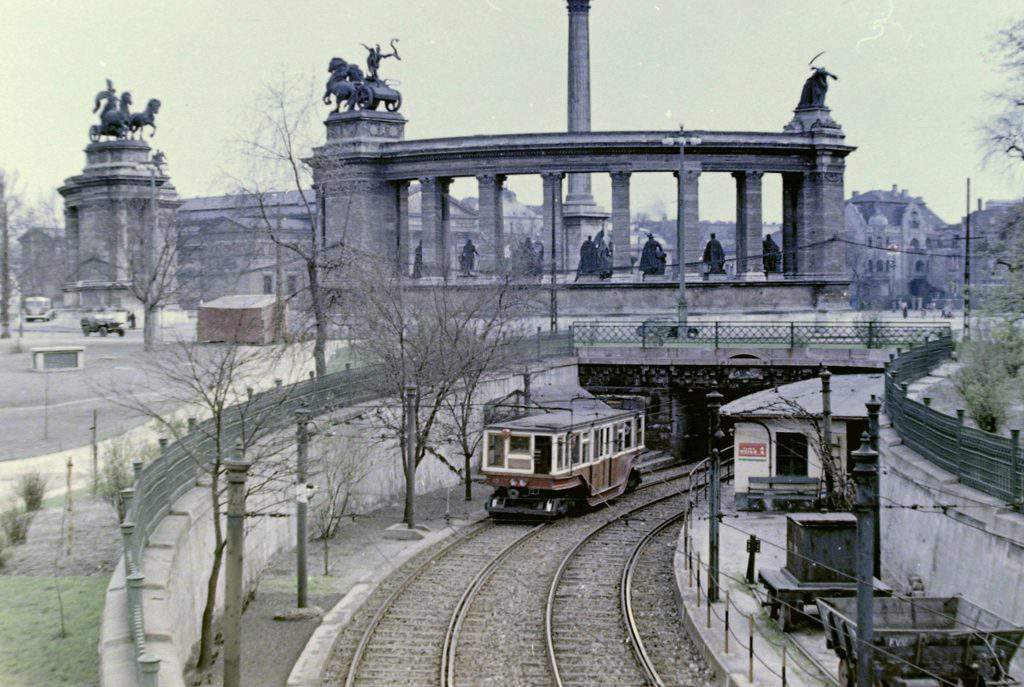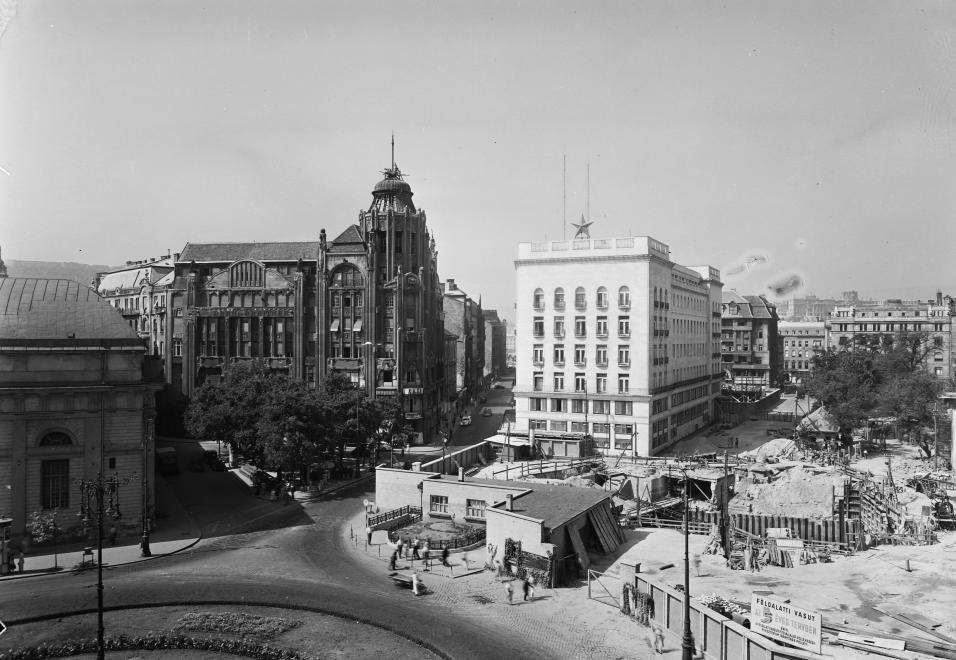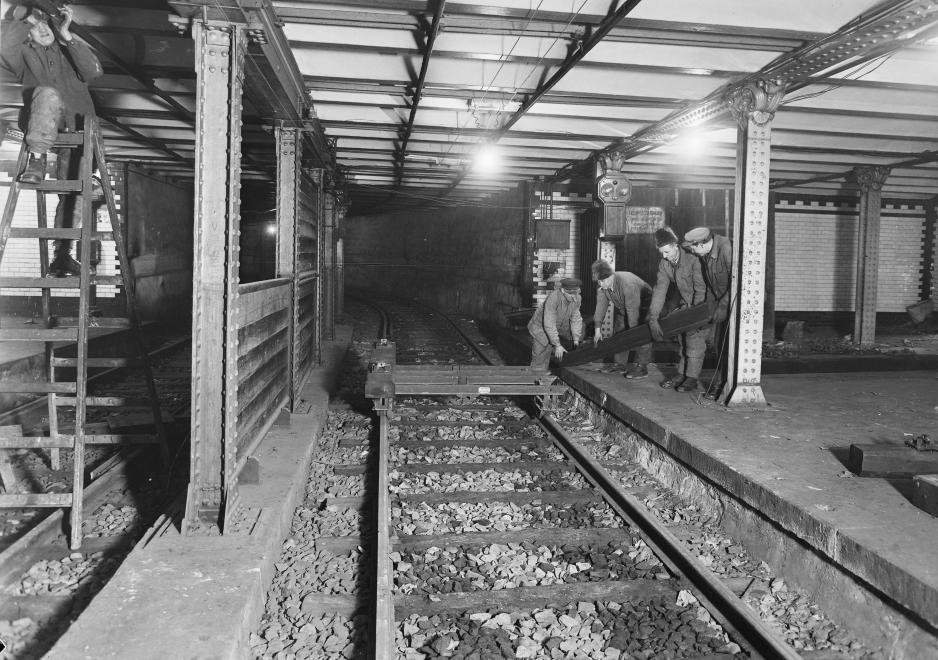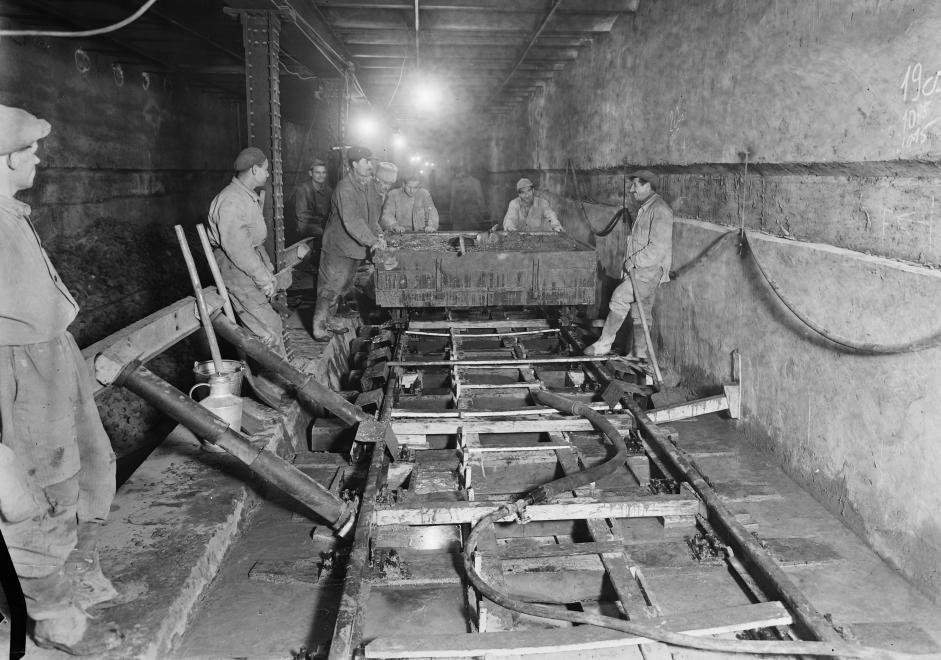First underground railway of Europe was opened in Budapest – Photo gallery

Europe’s first underground railway using electric traction, the “Underground” was opened to traffic in 1896, says fidelio.hu. It is the first in Europe, because the London Underground was steam-driven at first.
Budapest became a metropolis in the days of Austria-Hungary (1867-1918). It gained its image of a historical and secessionist city in the last third of the 19th century and at the turn of the century following the examples of other European capitals like Vienna and Paris. The Millennium Underground Railway of Budapest was opened to traffic as the first underground railway of the continent in 1896. The construction of the underground railway started in 1894, they started to dig the tunnel from two directions. The brown and white tiles covering the stations were made by the Zsolnay manufactory, and splendid halls were built above the underground entrances. The line was built by the rules of the road of the age, which held the concept of “keep to the left” (this is why the underground entrances were “inversely” for long).
The railway was opened to traffic on 2nd May (others say 3rd May), 1896 by Franz Joseph as part of the Millennium Celebrations celebrating the thousand-year-old existance of Hungary. The monarch travelled through the line in a luxury carriage built exclusively for him, then approved of the railway taking his name.

The underground railway connected the centre of Pest and the City Park, which was the main scene of the Millennium Celebrations. Its route runs under the main boulevard of the capital, the Andrássy Avenue, which was built in the 1870s. The Boulevard opened in 1876 (Andrássy Avenue since 1885) is a collection of representative, Neo-Renaissance palaces, which are divided by significant public buildings such as the buildings of the Opera, the old Music Academy, the old Hall of Art and the Hungarian Royal Drawing School.

[learn_more caption=”The original stations” state=”close”] Gizella Square (now Vörösmarty Square), Deák Ferenc Square, Váczi Boulevard (now Bajcsy-Zsilinszky street), Opera, Oktogon, Vörösmarty street, Körönd (now Kodály körönd), Bajza street, Aréna street (now Heroes’ Square), Zoo (closed), Artesian spa (now Séchenyi Medicinal Bath)[/learn_more]


The photo documentation of the Millennium Underground Railway was made by photographer György Klösz (1844-1913) of German origins, which can be found in four versions in different public collections of Budapest.
The exhibition Those who constructed Budapest of the Hungarian Institute of Paris presents Budapest in the period of the Monarchy from the aspect of the physical builders of the city, using the material of the Schola Graphidis Art Collection. The exhibited album contains 15 original paper positives, which in addition to the distant records of Andrássy Avenue, also document the now destroyed buildings of the metro stations (Gizella Square, Deák Ferencz Square, Opera House, Octogon Square, Aréna street).
Programmes accompanying the exhibition contain a conference (16th May) and the Night of Museums (20th May).
Photo: fortepan.hu, Daily News Hungary
Ce: bm
Source: fidelio.hu





















